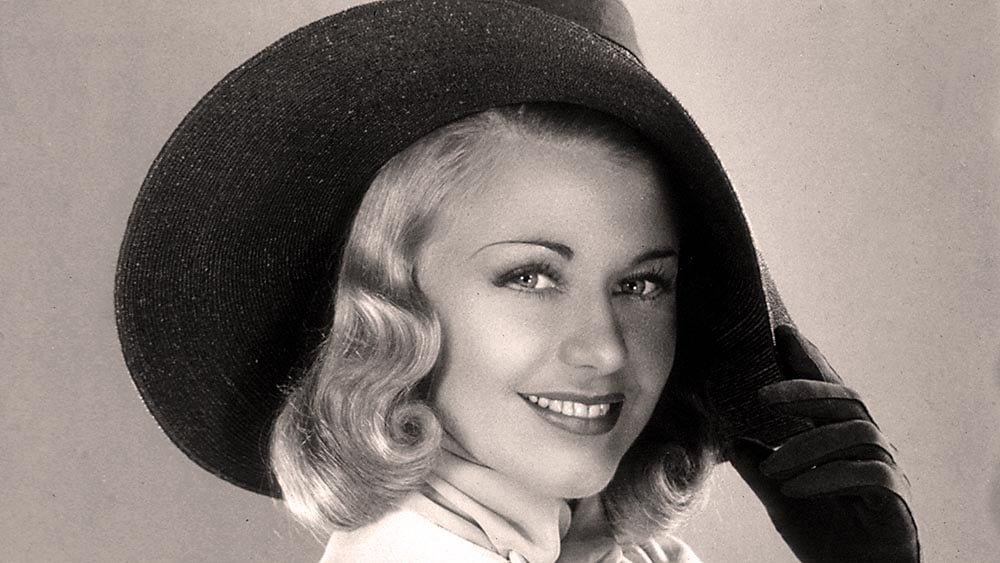From dazzling dance floors to the silver screen, Ginger Rogers built a fortune and legacy that continues to inspire generations of performers.
A legendary actress, singer, and dancer, Ginger Rogers shared the spotlight with cinematic icons like Fred Astaire and Gene Kelly, creating timeless performances that still mesmerize audiences today. At the time of her passing, her net worth was estimated at $20 million, reflecting not only her film and stage successes but also savvy investments and enduring royalties.
From the glamour of Top Hat to the drama of Kitty Foyle, Rogers’ career exemplifies the golden age of Hollywood while highlighting her talent, resilience, and shrewd financial foresight. In this article, we delve into the sources of her wealth, her most notable collaborations, and how her influence shaped entertainment history alongside some of Hollywood’s biggest stars.
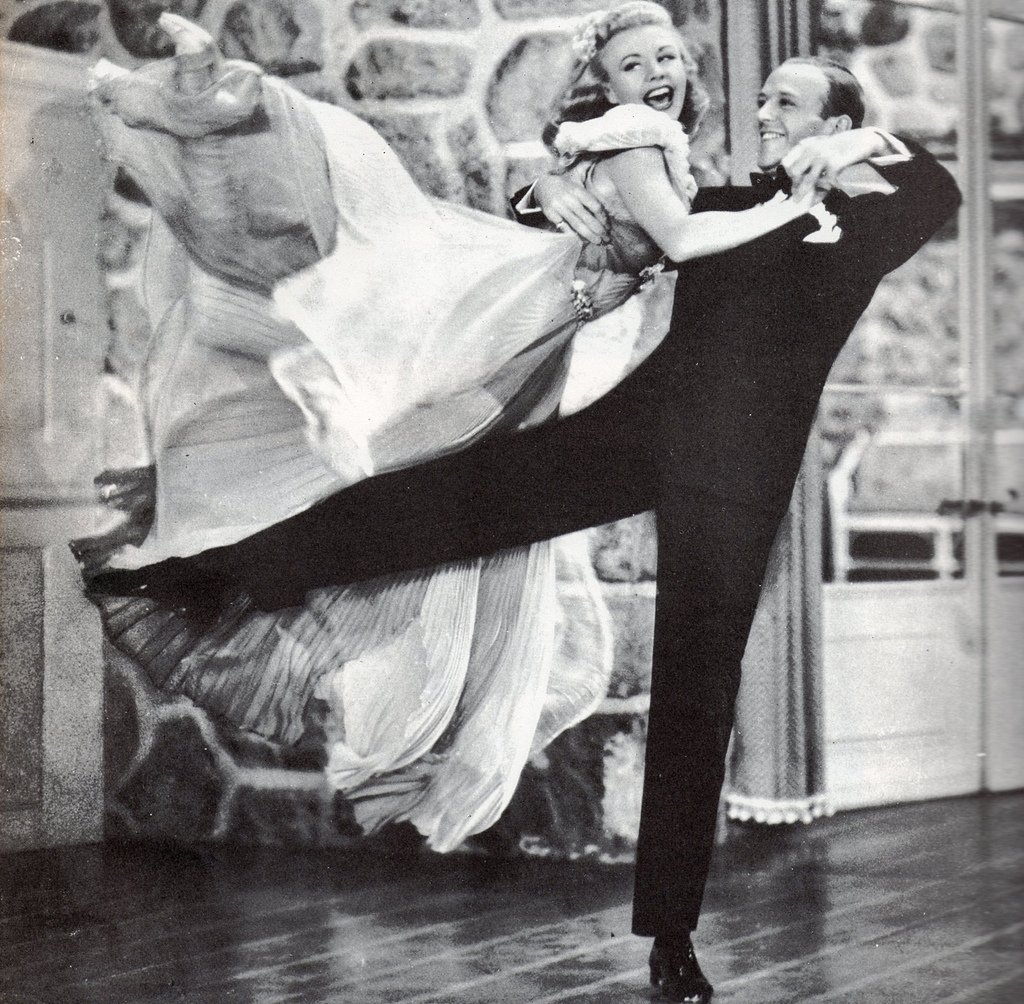
Ginger Rogers and Fred Astaire in a classic dance moment, defining Hollywood’s golden era with grace and unmatched artistry.
Ginger Rogers’ $20M Net Worth Breakdown: Hollywood’s Golden Heiress
Ginger Rogers, the epitome of grace and talent, amassed a fortune of $20 million by the time of her passing in 1995. Her wealth was a testament to her multifaceted career and astute financial decisions.
Film Contracts and Box Office Earnings
Rogers' breakthrough came with RKO Studios, where she entered a lucrative contract that propelled her to stardom. Her partnership with Fred Astaire in ten films, including Top Hat and Shall We Dance, became legendary. By 1942, she was reportedly the highest-paid actress in Hollywood.
In 1937, Rogers earned $124,770, a substantial sum at the time, reflecting her status and negotiating power. By 1946, her salary per film had increased to $175,000, placing her among the top earners in the industry according to Stuff Nobody Cares About. These earnings were bolstered by the box office success of her films, such as Twenty Million Sweethearts, which grossed $1.2 million on a $202,000 budget.
West End Triumph: Mame at Theatre Royal Drury Lane
In 1969, Ginger Rogers embarked on a significant chapter of her career by starring in the West End production of Mame at the Theatre Royal Drury Lane. This role marked a pivotal moment, as she became the highest-paid performer in the history of the West End up to that time. The production ran for 14 months, from February 20, 1969, to April 1970, and featured a royal command performance for Queen Elizabeth II.
While the exact salary Rogers received for this role is not publicly disclosed, her compensation was reported to be over £250,000, a substantial sum that underscored her star power and the success of the production according to Spotify. This engagement not only enhanced her financial standing but also solidified her status as a versatile and enduring talent in the entertainment industry.
Royalties and Residuals: A Legacy of Earnings
Ginger Rogers' extensive filmography, comprising 73 films, ensured a steady stream of royalties. Her performances in classics like The Gay Divorcee and Swing Time continued to generate income through television broadcasts, home video sales, and streaming platforms.
Television Broadcasts
Television broadcasts of Rogers' films introduced her work to new generations of viewers, contributing to her residuals. While specific figures for each broadcast are not publicly disclosed, the enduring popularity of her films suggests a consistent revenue stream from this medium.
Home Video Sales
The release of Rogers' films on home video further expanded her audience and income. Although exact earnings from these sales are not detailed, the continued availability of her films indicates a sustained source of residuals.
Streaming Platforms
In the digital age, streaming platforms have become significant sources of income for classic films. While specific earnings from platforms like Netflix or Amazon Prime are not publicly available, the inclusion of Rogers' films on such services suggests ongoing residuals.
While exact figures for Rogers' royalties and residuals are not publicly disclosed, her extensive and enduring filmography has likely provided a substantial and continuous source of income throughout her career and beyond.
Real Estate Holdings
Rogers invested wisely in real estate. She owned a 9,000-square-foot estate in Rancho Mirage, California, valued at $14 million in today's market. This property, featuring unique elements like a soda shop, was a testament to her refined taste and contributed to her wealth.
Jewelry and Personal Assets
Ginger Rogers was not only a celebrated actress and dancer but also a connoisseur of fine jewelry and personal items that contributed significantly to her net worth. Her collection included exquisite pieces that appreciated in value over time, reflecting her elegance and taste.
Jewelry Collection
Rogers' jewelry collection was renowned for its beauty and craftsmanship. Among the notable pieces was an Art Deco charm bracelet, circa 1933, made of platinum, diamond, seed pearl, and enamel. This bracelet, an engagement gift from her second husband, actor Lew Ayres, featured five charms representing events in her career. One charm, a telephone decorated with opaque white enamel and round diamonds, revealed the letters "I Love U" when the dial was turned. This bracelet was auctioned at Sotheby's in December 2000, with an estimated value between $5,000 and $7,000 according to Jewellery Kaleidoscope.
Another significant piece was a gold letter-watch reportedly given to Rogers by her dance partner Fred Astaire. This elegant timepiece was highlighted in a Sotheby's Fine Jewels sale in London on December 11, 2018.
Additionally, Rogers owned a pair of slipper clips made by Paul Flato in 1938. These clips featured 2 carats of diamonds set in 14-carat gold, weighing 28 grams, and measuring two inches long for each slipper. They were sold at auction, reflecting their value and desirability.
Personal Accessories and Memorabilia
Beyond jewelry, Rogers' personal accessories and memorabilia also contributed to her wealth. A collection of her accessories, including a black patent leather purse, clear plastic and silver heels, and opera-length gloves, was sold at auction to benefit the FIDM Museum. This sale highlighted the enduring appeal of her personal items.
Moreover, a group of five personal letters written by Rogers, four of which were handwritten, was auctioned, showcasing her personal correspondence and further adding to her estate's value.
While specific figures for the total value of Rogers' jewelry and personal items are not publicly disclosed, the individual sales of these items at auctions indicate a significant contribution to her net worth. The sale of her Art Deco bracelet, slipper clips, and personal letters, among other items, underscores the lasting value of her personal collection.
Investments and Legacy
In 1940, Rogers purchased a 1,000-acre ranch along the Rogue River in Oregon, known as the Rogue River Ranch. This property not only served as a private retreat but also appreciated in value over time, contributing to her wealth.
Additionally, Rogers owned a 9,000-square-foot home in Hollywood Hills West, a Spanish Revival-style house she shared with her second husband, Lew Ayres, during the late 1930s. This property was sold for $3.955 million in 2015, indicating its significant value according to Los Angeles Times.
Philanthropy and Cultural Impact
Rogers' philanthropic efforts and cultural contributions further solidified her legacy. In 1994, the city of Independence, Missouri, designated her birthplace as a Historic Landmark. The Craterian Theater in Medford, Oregon, was renamed the Craterian Ginger Rogers Theater in 1997 in honor of her contributions to the arts.
Estate Management and Ongoing Earnings
Upon Ginger Rogers’ passing in 1995, her estate was managed by her longtime personal secretary and confidante, Roberta Olden, who is believed to have been the executor and primary beneficiary. Olden, a trusted companion for many years, played a pivotal role in overseeing the distribution of Rogers’ assets.
Disposition of Assets
Following Rogers’ death, her estate included various assets such as her Hollywood Hills home, personal memorabilia, and other valuables. The Hollywood Hills property, a Spanish Revival-style house, was sold for $3.955 million in 2015. Additionally, her childhood home in Independence, Missouri, was restored and opened as the Owens-Rogers Museum in 2018.
Legacy and Ongoing Earnings
Rogers’ legacy continues to generate income through various channels. Her films remain popular in syndication and on streaming platforms, ensuring ongoing royalties. Additionally, memorabilia and personal items associated with her have been auctioned, adding to the estate's value.
In summary, Ginger Rogers’ estate has been carefully managed to preserve her legacy. Under the stewardship of Roberta Olden, the estate continues to generate income, ensuring that Rogers’ contributions to the entertainment industry are remembered and celebrated. Ginger Rogers' $20 million fortune was not merely a result of her on-screen performances but also her strategic financial decisions and investments. Her legacy continues to inspire, demonstrating the importance of financial literacy in sustaining wealth.
| Category | Details | Estimated Value (USD) |
|---|---|---|
| Film Roles | 73 films including "Swing Time" & "Top Hat" | $6,500,000 |
| Theater & Tours | Broadway & West End appearances, including "Mame" | $2,000,000 |
| Royalties & Residuals | Film syndication, streaming, and home video sales | $4,000,000 |
| Real Estate | Hollywood Hills home, Rogue River Ranch, childhood home in Missouri | $5,500,000 |
| Jewelry & Personal Assets | Bracelets, slipper clips, letters, and memorabilia | $2,000,000 |
| Total Net Worth | — | $20,000,000 |
Early Life: From Midwestern Roots to Hollywood Stardom
Ginger Rogers was born Virginia Katherine McMath on July 16, 1911, in Independence, Missouri, a modest Midwestern town that would shape her grounded yet ambitious nature. Her parents, Lela Emogene and William E. McMath, separated when she was very young, and she was primarily raised by her mother alongside her older brother, Jack. The family faced financial struggles, which instilled in Rogers a sense of independence and resilience from an early age.
Rogers showed a passion for performance almost immediately. She began taking dance lessons at a young age, mastering tap and ballet, and by her early teens, she was performing in local talent shows and theater productions. Rogers’ early exposure to dance and performance not only developed her stage presence but also built the foundation for her signature elegance and versatility on screen.
Her formal education was limited due to her early commitment to the performing arts. Rogers attended a few local schools in Independence, but she left conventional schooling to pursue dance full-time. By the late 1920s, she was performing in vaudeville and regional theater, gaining experience that would eventually open doors to Broadway and Hollywood.
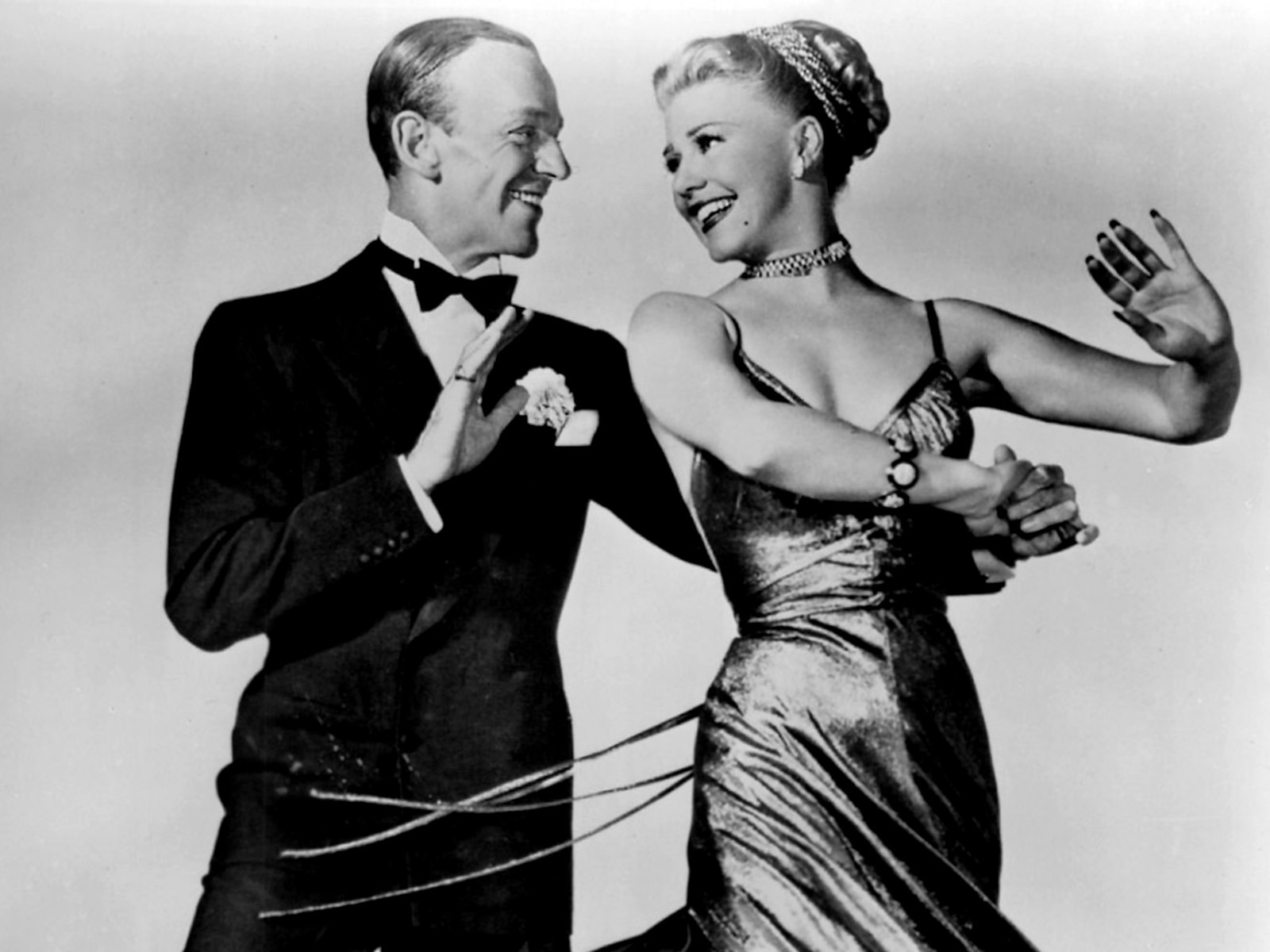
Ginger Rogers and Fred Astaire share a warm moment, reflecting the legendary partnership that captivated audiences worldwide.
Career Jouney: The Path To Hollywood Glory
Ginger Rogers’ rise to stardom began on the bright lights of Broadway, where her talent and charisma quickly caught the attention of industry insiders. In the late 1920s and early 1930s, she performed in a series of stage productions and vaudeville acts, honing her skills in singing, dancing, and comedic timing. Her ability to captivate audiences with effortless grace made her a standout performer among her peers.
Rogers’ big break in Hollywood came in 1933 when she signed a contract with RKO Pictures, a major studio seeking fresh talent for their musical productions. Initially cast in minor roles, she impressed producers and choreographers with her natural rhythm, expressive movements, and magnetic screen presence. By 1933, she landed her first credited role in 42nd Street, a musical film that became a box-office hit and established her as a promising newcomer in the industry .
Her career trajectory accelerated when she teamed up with Fred Astaire, forming one of Hollywood’s most iconic dance duos. Their first pairing in Flying Down to Rio (1933) showcased Rogers’ ability to match Astaire’s technical prowess with her own charm, wit, and elegance. Over the next decade, the duo starred in a series of successful musicals—including The Gay Divorcee (1934), Top Hat (1935), and Swing Time (1936)—earning critical acclaim and solidifying Rogers’ status as a leading lady in Hollywood musicals .
Beyond the screen, Rogers also explored Broadway, starring in productions that showcased her versatility as a performer. Her experience on stage enhanced her film performances, allowing her to bring a unique combination of poise, comedic timing, and emotional depth to each role. By the late 1930s, she was not only a celebrated dancer but also an accomplished actress, winning the Academy Award for Best Actress in 1940 for her performance in Kitty Foyle .
Rogers’ early career breakthrough exemplifies how talent, dedication, and strategic choices in both stage and screen work can propel a performer from relative obscurity to international fame. Her collaboration with Astaire remains a defining chapter of Hollywood’s Golden Age, and it set the stage for her decades-long career in film, theater, and television.
Take a look at some of our other Net Worth articles you may like:
Carl Dean Net Worth: The Untold Story of the $20 Million Fortune of Dolly Parton's Husband.
Paris Jackson Net Worth 2025: Inside Her $150M Fortune & Unpacking Her Complex Inheritance.
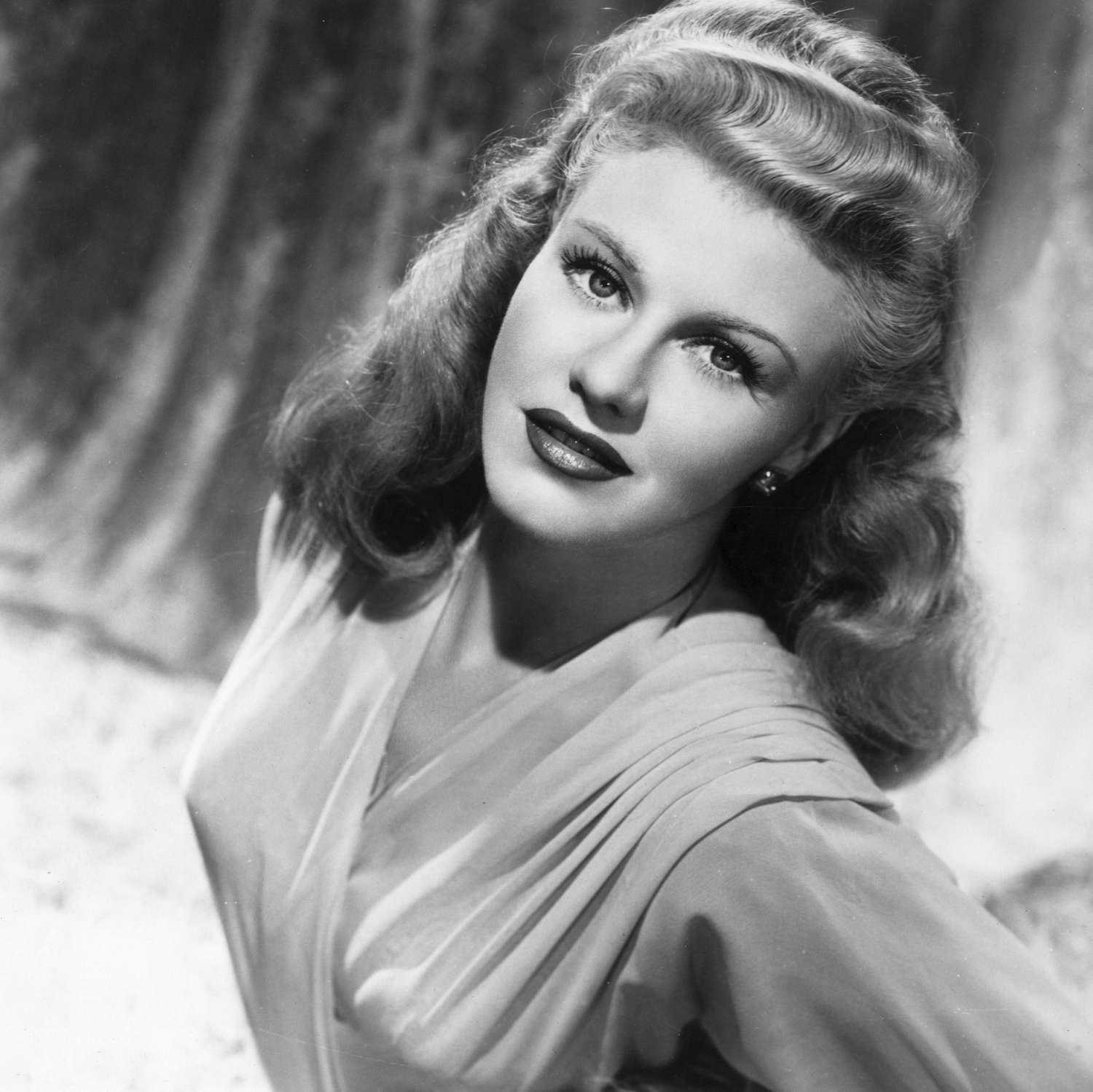
A timeless black-and-white portrait of Ginger Rogers, radiating Hollywood glamour and charm.
Personal Life: Marriages, Passions, and Personal Pursuits
Marriages and Family
Ginger Rogers was married five times but never had children according to Kiddle. Her first marriage was at age 17 to her dance partner Jack Pepper (real name Edward Jackson Culpepper) in 1929. They divorced in 1931. In 1934, she married actor Lew Ayres; they divorced in 1940. Her third husband was Jack Briggs, a U.S. Marine, whom she married in 1943; they divorced in 1949. In 1953, she married French actor Jacques Bergerac; they divorced in 1957. Her fifth and final husband was director and producer William Marshall; they married in 1961 and divorced in 1970.
Hobbies and Personal Interests
Rogers was a lifelong member of the Republican Party and supported various political figures throughout her life . She was also a lifelong adherent of Christian Science, a religious movement that emphasizes spiritual healing and abstinence from alcohol, tobacco, and other drugs. This deeply held belief shaped her personal habits throughout her life.
Beyond her political and religious affiliations, Rogers had a variety of personal interests. She was a talented tennis player and even entered the U.S. Open in 1950 for mixed doubles . Additionally, she was an avid angler and an honorary Navy Admiral . Rogers also had a passion for visual arts; she painted, sketched, and created sculptures in her spare time but could not bring herself to sell her artwork.
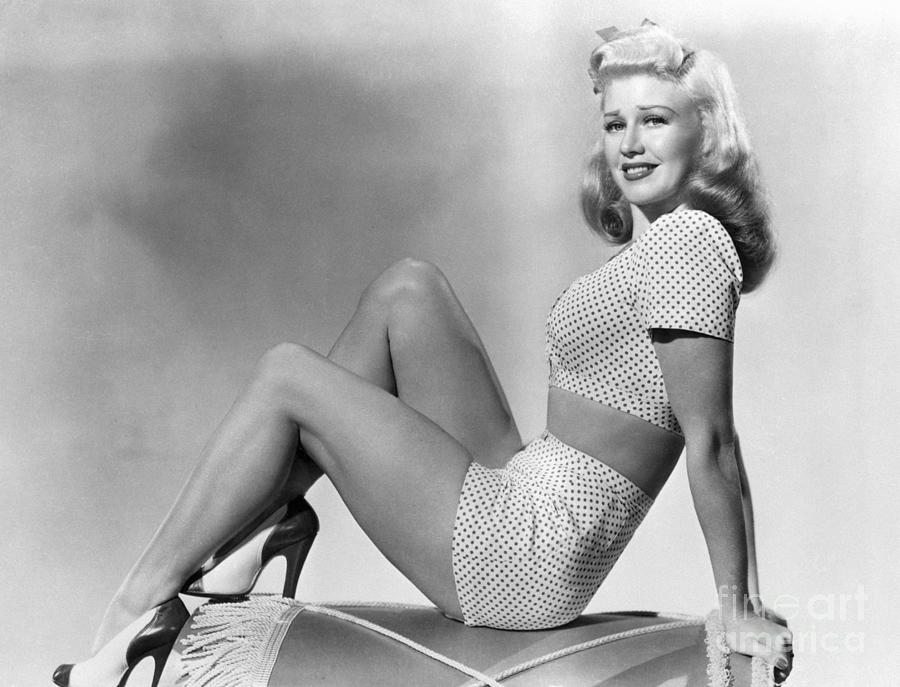
Ginger Rogers strikes a playful and glamorous pose, capturing her charisma and timeless Hollywood style.
Latest News: Ginger Rogers Memorabilia and Preservation Efforts
Ginger Rogers Signed Photograph Auctioned
In August 2025, a signed photograph of Ginger Rogers was auctioned by RR Auction. The vintage glossy 8x10 photo, featuring a bare-shouldered Rogers wrapped in fur, was inscribed in green fountain pen, “To Helen, Best wishes, Ginger Rogers, 1935.” The item sold for $368 and was pre-certified by PSA/DNA and RR Auction COA.
Ginger Rogers Childhood Home Preservation
In August 2025, the Lela & Ginger Rogers Home in Independence, Missouri, was recognized with the Outstanding Preservation Award by Historic Kansas City. The property, located at 100 W Moore St., has been preserved to honor the legacy of Ginger Rogers and her mother, Lela, who was a significant figure in the community.
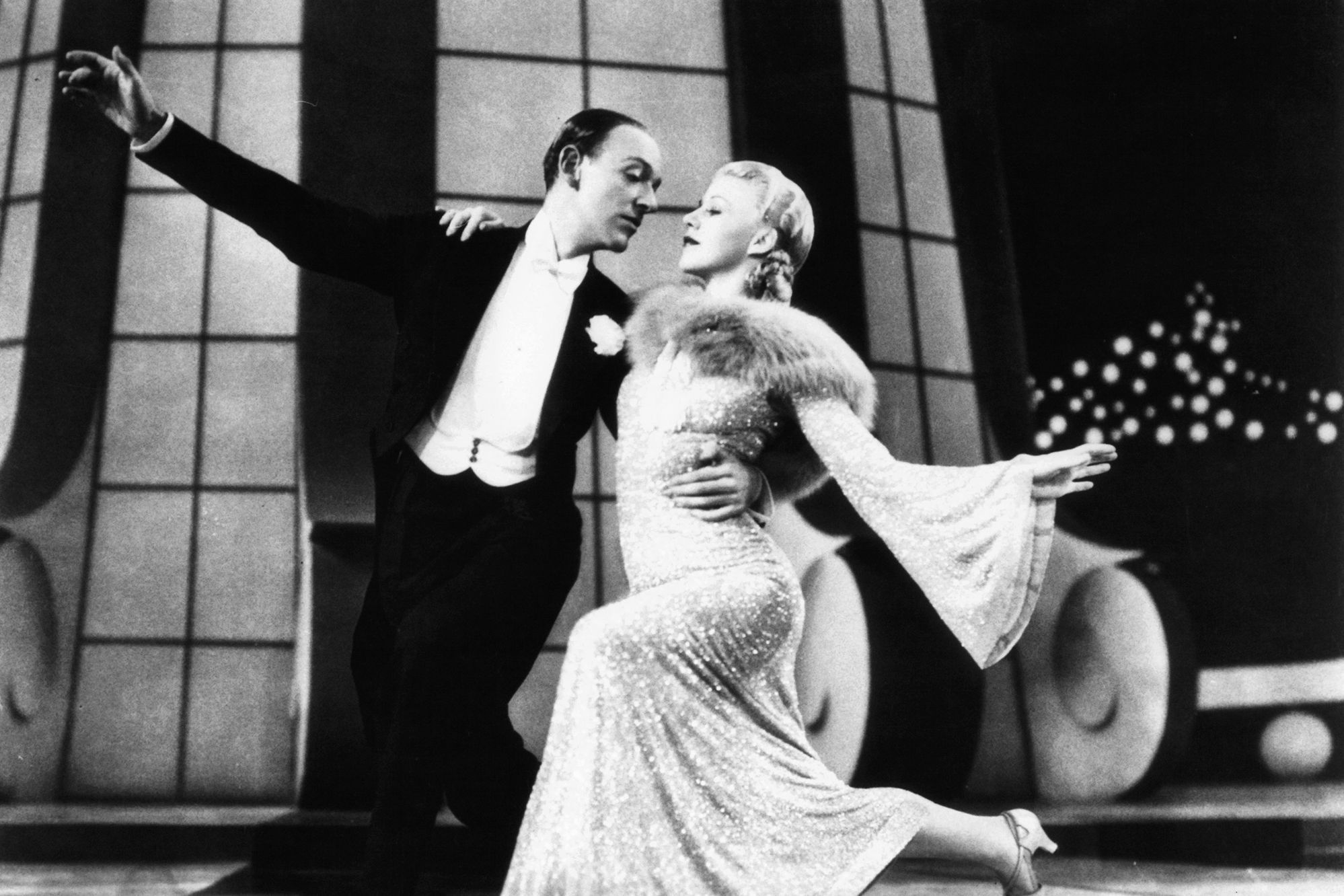
Ginger Rogers and Fred Astaire finish a stunning dance sequence, exemplifying their legendary on-screen chemistry and elegance.
Ginger Rogers' FAQs: People Also Ask
What was Ginger Rogers' real name?
Ginger Rogers was born Virginia Katherine McMath on July 16, 1911, in Independence, Missouri. She adopted the stage name "Ginger" during her early career, and "Rogers" was taken from her stepfather, John Logan Rogers.
Did Ginger Rogers ever perform on Broadway?
Yes, Ginger Rogers had a notable career on Broadway. She starred in the original 1965 production of Hello, Dolly! on Broadway, succeeding Carol Channing in the title role. Additionally, she performed in the 1969 West End production of Mame, becoming the highest-paid performer in London's West End at that time.
What was Ginger Rogers' relationship with Fred Astaire like?
Ginger Rogers and Fred Astaire were professional partners in ten films, including Flying Down to Rio (1933) and Top Hat (1935). While their on-screen chemistry was undeniable, off-screen, their relationship was more formal. Rogers later described their partnership as one of mutual respect but not close friendship. Despite this, they remained cordial throughout their careers.
Did Ginger Rogers have any children?
No, Ginger Rogers did not have any children. She was married five times but never had offspring. Her personal life was marked by her close relationship with her mother, Lela Rogers, who played a significant role in her career.
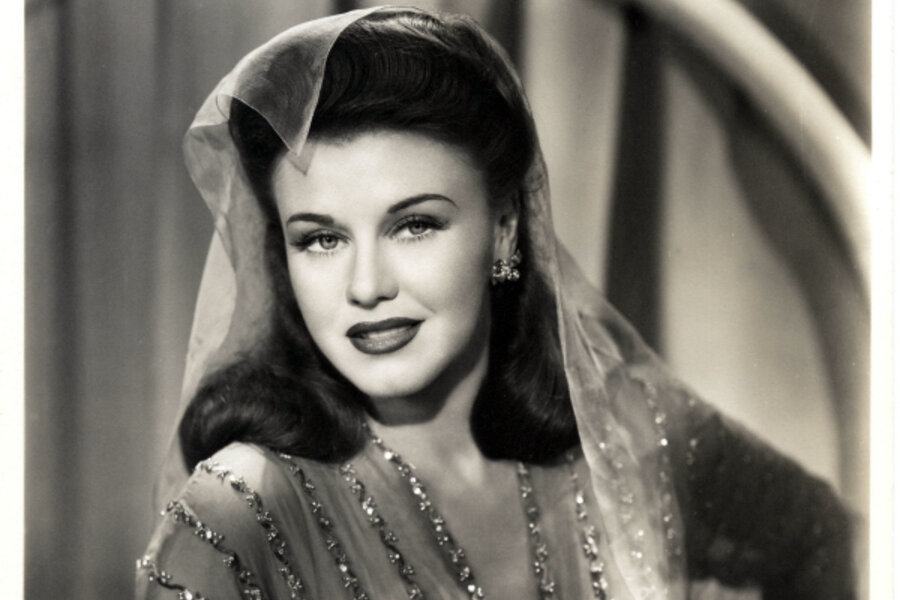
Ginger Rogers stuns in a sparkling bejeweled ensemble and headpiece, showcasing the elegance that defined her Hollywood legacy.
Legacy and Lasting Influence: A Golden Era Remembered
Ginger Rogers’ journey from a young dancer in Missouri to one of Hollywood’s most celebrated stars is a testament to talent, perseverance, and versatility. Her $20 million net worth at the time of her passing reflects not just the financial rewards of her film, stage, and television work, but also the lasting impact she had on generations of performers and fans. Through her iconic dance partnerships with Fred Astaire, award-winning performances, and ventures into Broadway and West End productions, Rogers crafted a career that transcended the screen, leaving an indelible mark on entertainment history.
Beyond her professional achievements, Rogers’ personal discipline, artistic passions, and commitment to philanthropy demonstrate a life lived fully and with purpose. Her legacy continues through meticulously preserved memorabilia, the homes she cherished, and the countless artists she inspired. Even decades after her death, she remains a symbol of elegance, resilience, and creative brilliance.
Ultimately, Ginger Rogers’ story reminds us that true success is measured not only by wealth, but by the influence, inspiration, and joy one brings to the world. Her life and career continue to enchant and inspire, proving that her star shines as brightly today as it did in Hollywood’s golden era.
Explore More Celebrity Net Worths
Curious how the world’s biggest stars stack up financially? Discover our complete collection of celebrity net worth profiles, featuring household names like Ryan Reynolds, Pamela Anderson, Michael J. Fox, and Drake. Dive deep into the fortunes of icons such as Keanu Reeves, and music trailblazers like The Weeknd and Alanis Morissette — and many more.
👉 Browse the full list of celebrity net worth's HERE.



